I don't think you have enough to do. I am selling this 850 spider if you need another project?
[ame]https://youtu.be/tnBP9E4E9wM[/ame]
[ame]https://youtu.be/tnBP9E4E9wM[/ame]
I don't think you have enough to do. I am selling this 850 spider if you need another project?
https://youtu.be/tnBP9E4E9wM
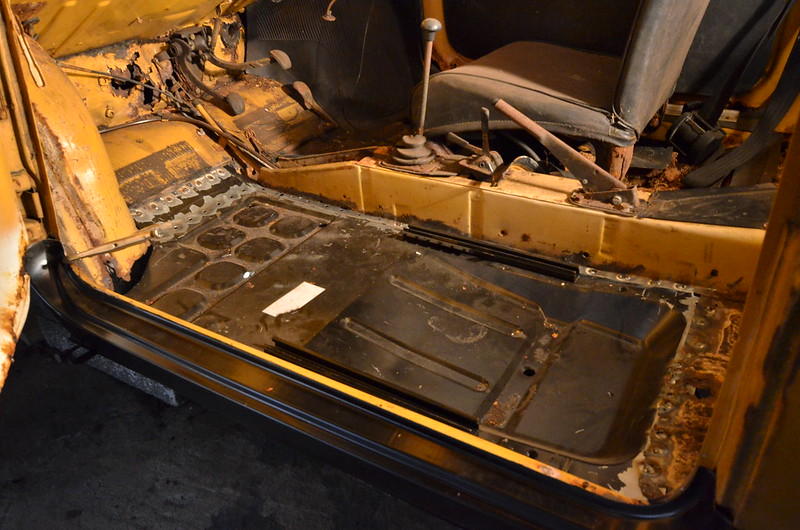 PT1_1953 by Peter Thompson, on Flickr
PT1_1953 by Peter Thompson, on Flickr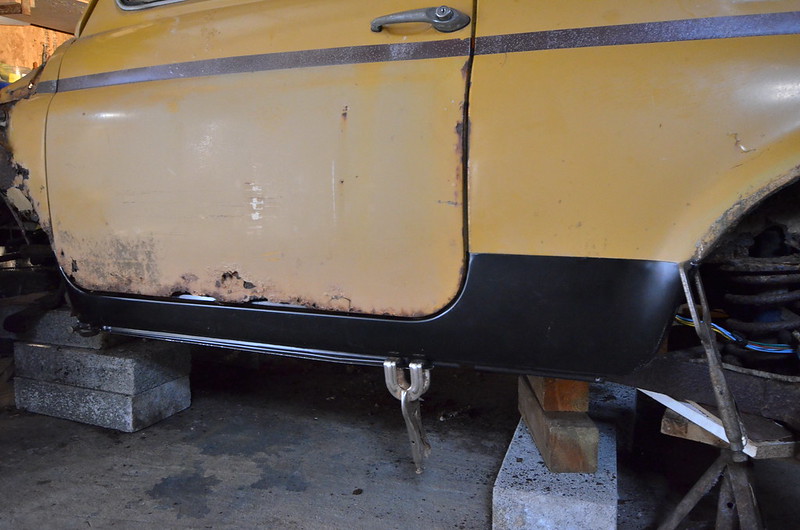 PT1_1951 by Peter Thompson, on Flickr
PT1_1951 by Peter Thompson, on FlickrIt's certainly an unconventional approach by the look of it.
Is it the leave everything in place and weld around it approach? Or is it a case if you undo too many bolts it might collapse into a rusty pile of metal? Oh no wait!!!!!
Door fit looks good, I wouldn't either bother patching that door it adds that nice light touch of patina you yearn after.:chin:
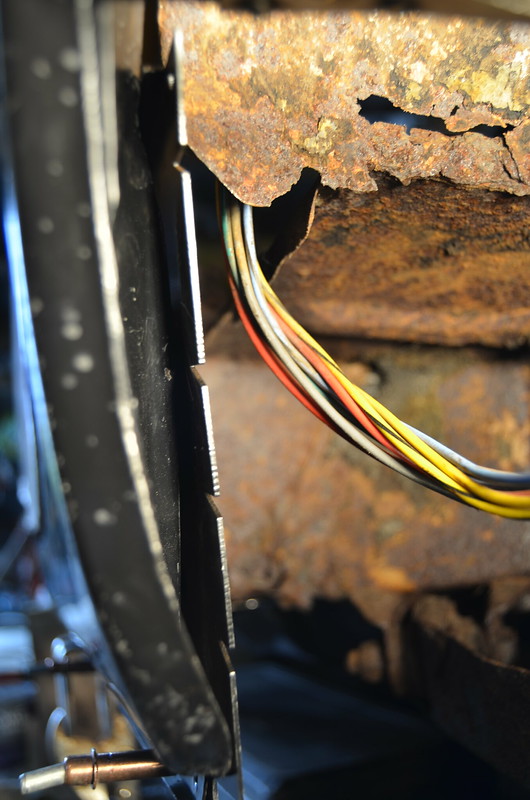 FOR_2981 by Peter Thompson, on Flickr
FOR_2981 by Peter Thompson, on Flickr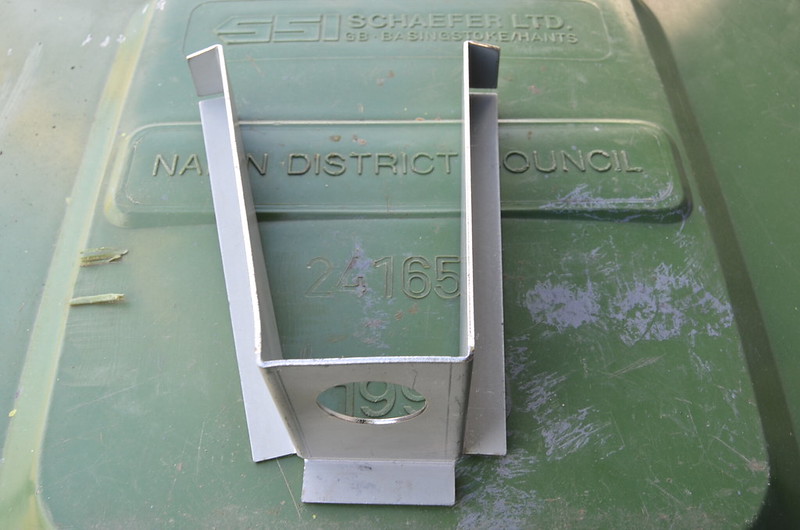 FOR_2979 by Peter Thompson, on Flickr
FOR_2979 by Peter Thompson, on Flickrtold a lie there.
The panel with the tabs is bent round first and welded to the support panel.
then the outer arch panel has a lip that sits on top of that.
 FOR_3246 by Peter Thompson, on Flickr
FOR_3246 by Peter Thompson, on Flickr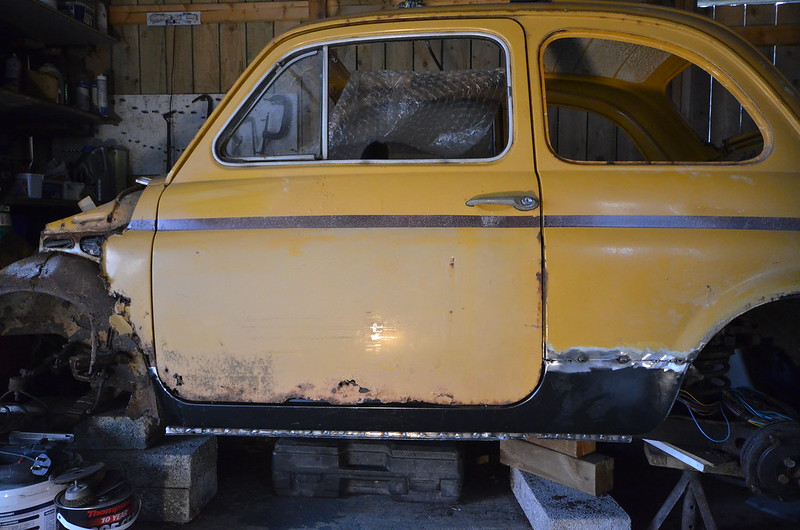 FOR_3249 by Peter Thompson, on Flickr
FOR_3249 by Peter Thompson, on Flickr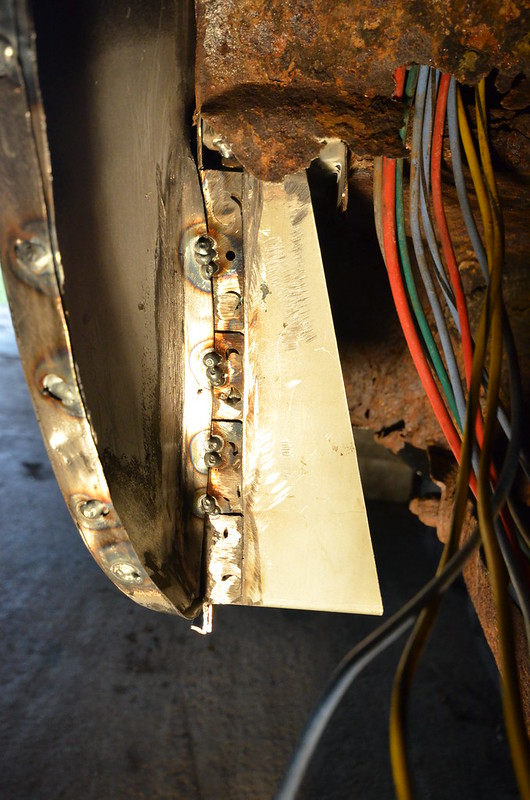 FOR_3255 by Peter Thompson, on Flickr
FOR_3255 by Peter Thompson, on Flickr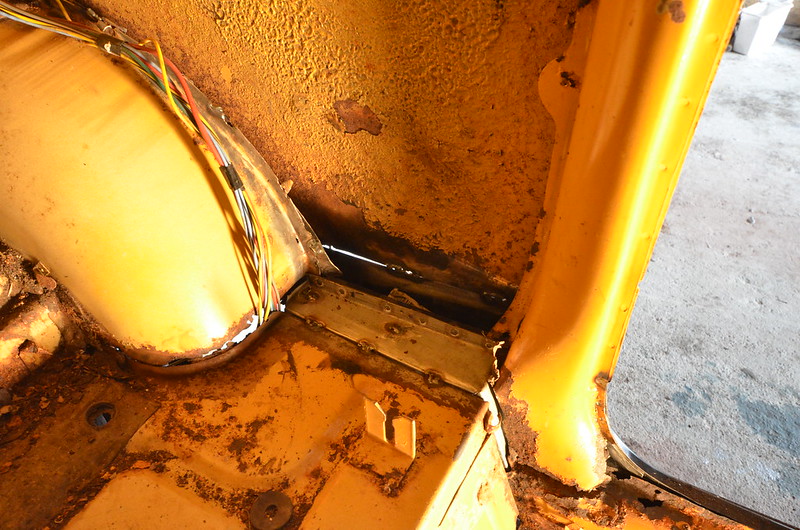 FOR_3258 by Peter Thompson, on Flickr
FOR_3258 by Peter Thompson, on Flickr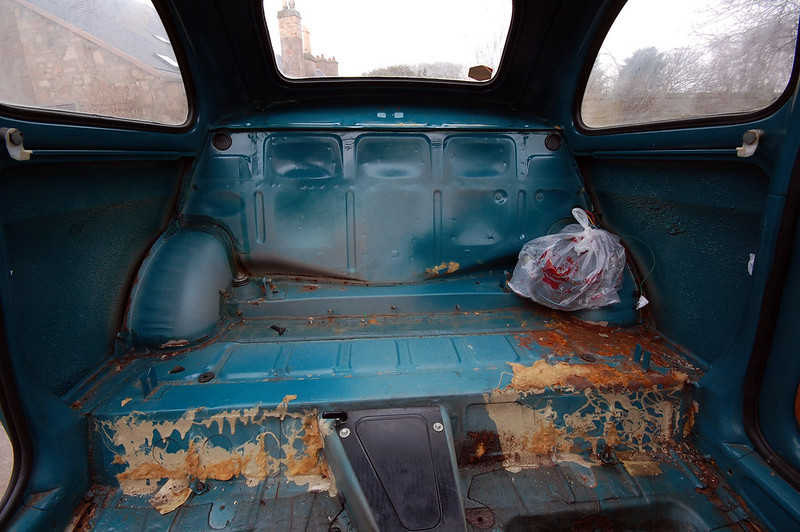 DSC_6140 by Peter Thompson, on Flickr
DSC_6140 by Peter Thompson, on Flickr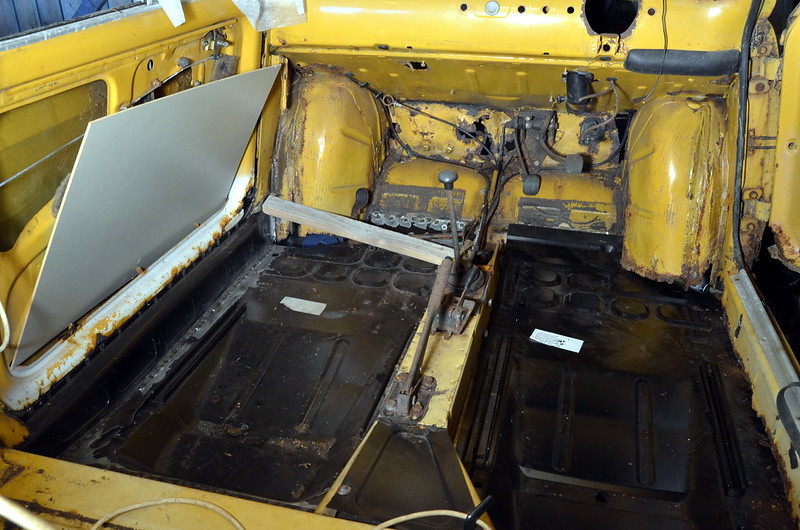 FOR_3697 by Peter Thompson, on Flickr
FOR_3697 by Peter Thompson, on Flickr FOR_3701-001 by Peter Thompson, on Flickr
FOR_3701-001 by Peter Thompson, on Flickr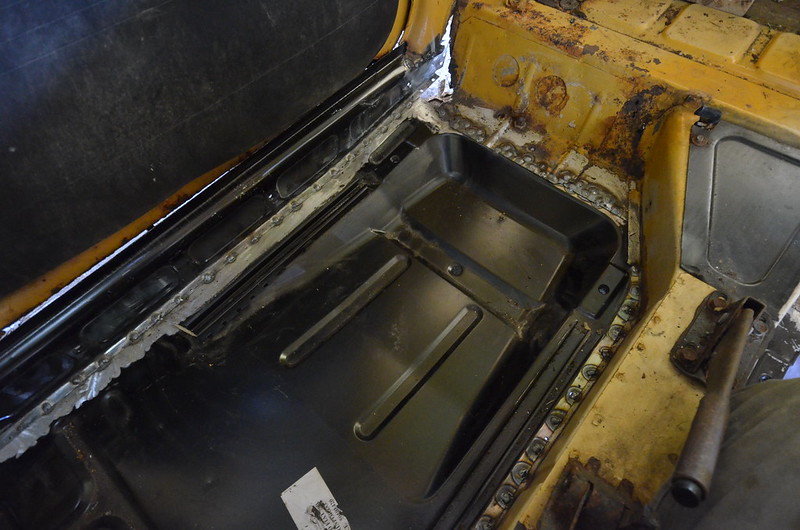 MAL_6055 by Peter Thompson, on Flickr
MAL_6055 by Peter Thompson, on Flickr MAL_6050 by Peter Thompson, on Flickr
MAL_6050 by Peter Thompson, on Flickr